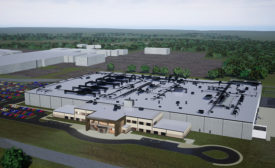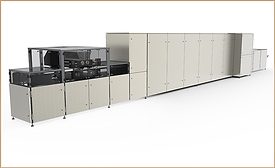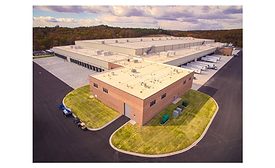Articles by Wayne Labs
The same technology that was able to provide microscopic tags to track and trace food has been applied to finding E. coli and Listeria
Read More
Water Treatment
Treat water as the most critical—and potentially expensive—ingredient you use
While water may not be in short supply in your area, that’s not to say that shortages can’t occur almost over night
April 16, 2021
Manufacturing News
Inorganic arsenic in baby food: Getting to the “root” of the problem
Report finds baby food companies have high toxic levels of heavy metals in their products
April 13, 2021
AI, machine learning and cybersecurity
Machine learning and AI help processors outsmart cybercriminals
April 12, 2021
Engineering R&D
A novel way to clean wastewater streams
Living bacteria gobble up waste and turn it into water and electricity
March 29, 2021
Plant expansions
Gray partners with Clemens Food Group to increase sausage production
The sixth-generation family-owned group will add a smoked meats processing facility to its Hatfield, Pennsylvania campus
March 23, 2021
Specialized ERP software
Going paperless at the machine builder provides quick response to food companies’ demands
Building machines and lines for confectionery means a lot of one-off, unique builds, requiring instant connections to CAD and ERP
March 22, 2021
SunOpta’s Oatbase expansion right-sized for now and future needs
Built through the worst of the 2020 COVID-19 pandemic, the plant expansion came through on time, on budget and ready to boost output
March 12, 2021
Manufacturing News
Control system vulnerabilities put food & beverage at serious risk
March 8, 2021
Sustainability
Sustainability has its rewards—tangible and intangible
Suppliers and food processors work together to create projects that save energy and money—and show they’re responsible corporate citizens
March 4, 2021
Elevate your expertise in food engineering with unparalleled insights and connections.
Get the latest industry updates tailored your way.
JOIN TODAY!Copyright ©2024. All Rights Reserved BNP Media.
Design, CMS, Hosting & Web Development :: ePublishing










